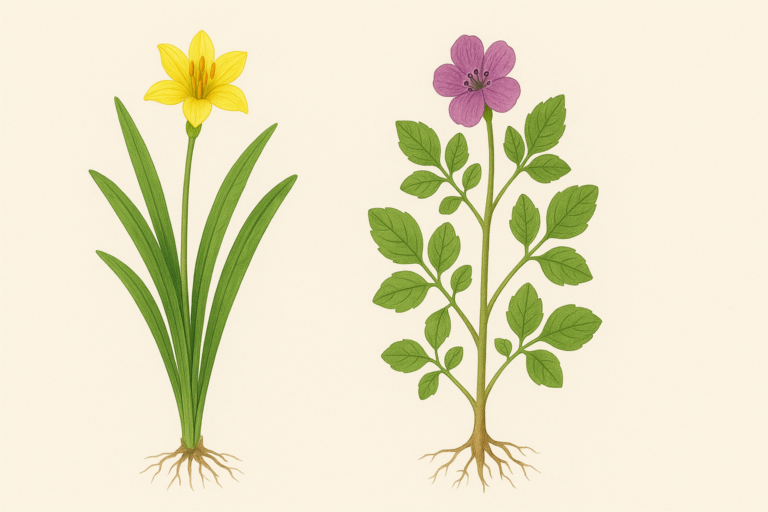
Introduction
Modern taxonomy, the science of naming, defining, and classifying organisms, has been significantly transformed by advancements in DNA technology. The ability to analyze an organism’s genetic makeup has allowed for a more precise understanding of relationships and distinctions among species, revolutionizing the study of plants particularly.
DNA and Taxonomy: A Game-Changer
The introduction of DNA technology in taxonomy has reshaped how scientists understand the natural world. Genomic studies, as reported by the NCBI, have provided new insights into plant evolution and phylogeny, enabling scientists to trace lineages accurately and define plant classifications. According to taxonomic databases like Kew’s Plants of the World Online, DNA analysis has been instrumental in resolving taxonomic disputes and in the identification of previously unknown species.
Impact on Botanical Studies
The integration of DNA technology in plant studies has been profound. By observing genetic similarities and differences, researchers can infer relationships between species, which helps to understand their evolution and adaptation. This has had major implications for conservation efforts, with the IUCN Red List utilizing these insights to determine the conservation status of different species.
Practical Applications
Beyond taxonomy and conservation, DNA technology has also been used to enhance agricultural practices. For instance, the FAO guidelines state that DNA analysis can identify plant diseases, optimize crop production, and improve plant breeding.
Cultivation and Care
While primary academic sources do not directly offer practical advice on cultivation and care, reputable horticultural guides recommend utilizing the knowledge derived from DNA analysis to inform cultivation practices. For example, knowing a plant’s genetic makeup can help determine optimal growing conditions, such as the right soil composition, temperature, and light exposure.
Conclusion
DNA technology has truly revolutionized the field of plant taxonomy, providing a more accurate and comprehensive understanding of plant species, their relationships, and their conservation status. As we continue to uncover the secrets locked within plants’ DNA, our ability to preserve, cultivate, and utilize these vital organisms will only grow.



